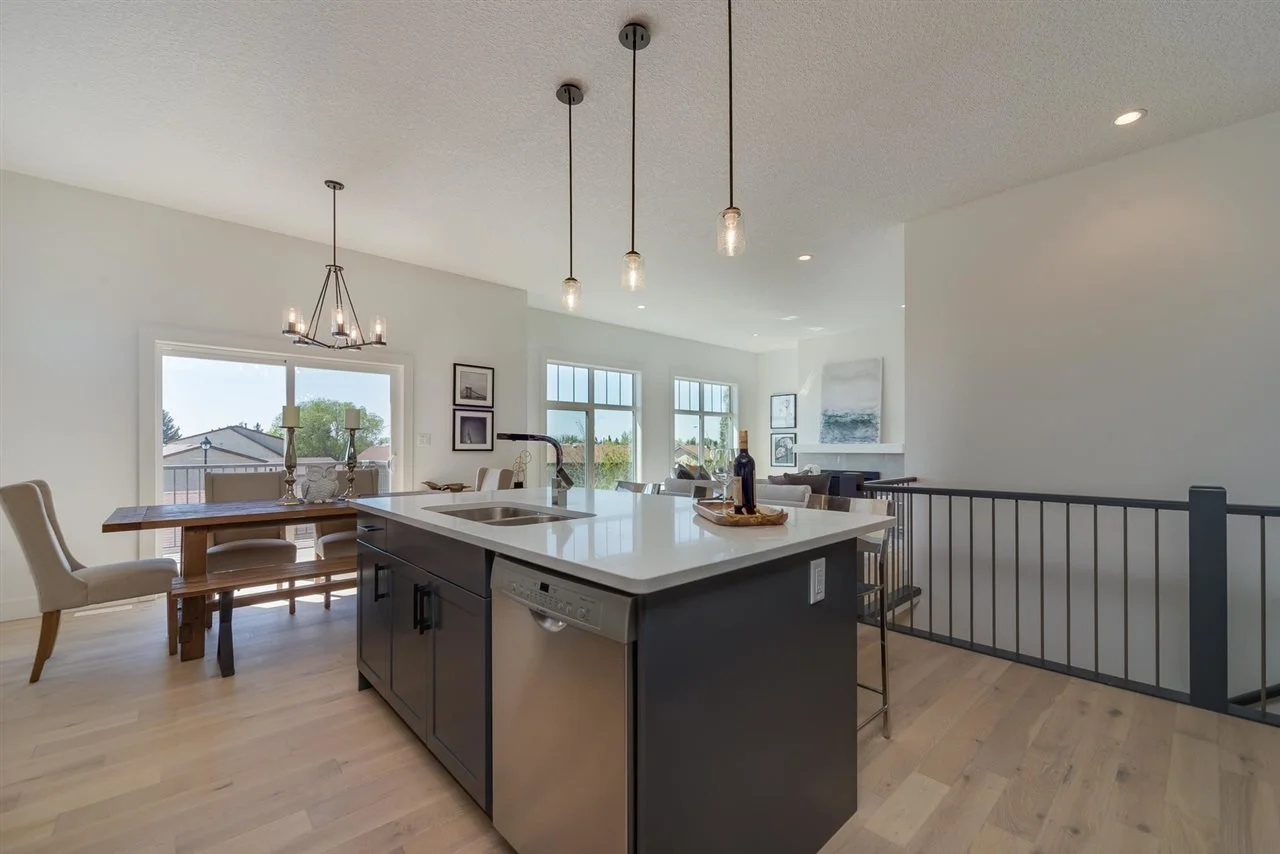Laminate flooring was rarely used when it was first invented, and now it is considered a staple in many homes. It has improved considerably in performance and looks and is even considered premium flooring in high-end homes. So, what exactly is it? Laminate flooring is a hybrid floor type make of particleboard wood. It is installed like real hardwood is with a tongue and groove style of joining boards, and behaves like vinyl flooring in that it is tightly sealed making it waterproof. It is routinely confused with vinyl flooring, but they are made of entirely different materials. Laminate is made of pressed wood with a picture of wood overtop a durable wear layer.
The basics
The Swedish company Perstorp invented this type of flooring in 1977. The firm used wood waste from other projects combined with high heat, pressure, and binding chemicals to turn it into flooring. Since then several manufacturers like Mannington, Dupont, Shaw, and Armstrong have produced their own laminate flooring.
They do this by taking aggregated wood particles and exposing it to high pressure to form sheets, which have a realistic image of wood or stone put on top. A thin, durable, clear plastic sheet acts as the wear layer to protect from exterior elements such as UV rays, scratches, and moisture.
There are three layers to laminate flooring:
Base (Core)
There is about a half-inch of woodchip composite at the base of the flooring. Woodchips are susceptible to water damage, which is more layers are required to protect it. Laminate flooring can hold up against water to a certain degree, but only if the water is removed quickly.
Image
This layer gives the flooring the look of wood or stone depending on the image that is used. It looks so realistic because of the high-quality of the image.
Wear
The top layer is designed to withstand chairs, high heels, dogs, and other common damaging factors. It is made of two thin sheets of melamine paper.
Installation
Laminate is installed as a floating floor, which means it does not have the same difficulties as installing hardwood or engineered wood. This method involves rolling out an inexpensive foam layer and then laying out laminate planks. The planks are joined piece by piece preventing any slippage. They are either glued or snapped together. The snap method is most commonly used and goes by various names like fold and lock or fold and lay.
Laminate vs. other flooring types
Stone - This material is hard, thick, and stable. Laminate, in comparison, is thin and flexible. Laminate can be made to look similar to stone by using types that have a photorealistic image of stone on top.
Engineered wood - Has a veneer top made from real wood and a plywood base. Laminate does not have a plywood base, and there is no natural wood in it. Both are made of manufactured wood and can look remarkably similar, especially next to premium grade laminates.
Solid hardwood - All of this material is solid wood unlike laminate, which has no solid wood product in it. Hardwood can be sanded down many times while laminate cannot. Both can look alike, especially with modern high-def imaging techniques on laminate.
Vinyl - This product is flexible and completely waterproof. It is also competitively priced like laminate and easy to install. Both look similar to one another.
Now that you know everything you need to about laminate flooring call us to find out how it can benefit your home. Our professionals at Touchtone will make sure it is installed seamlessly so that you can enjoy your new flooring for years to come.

